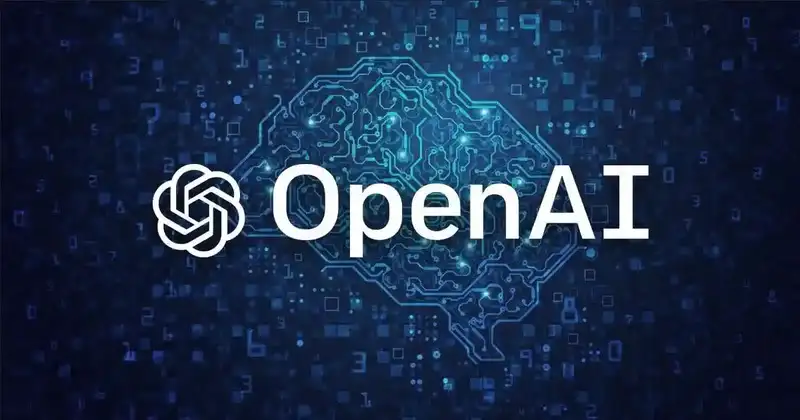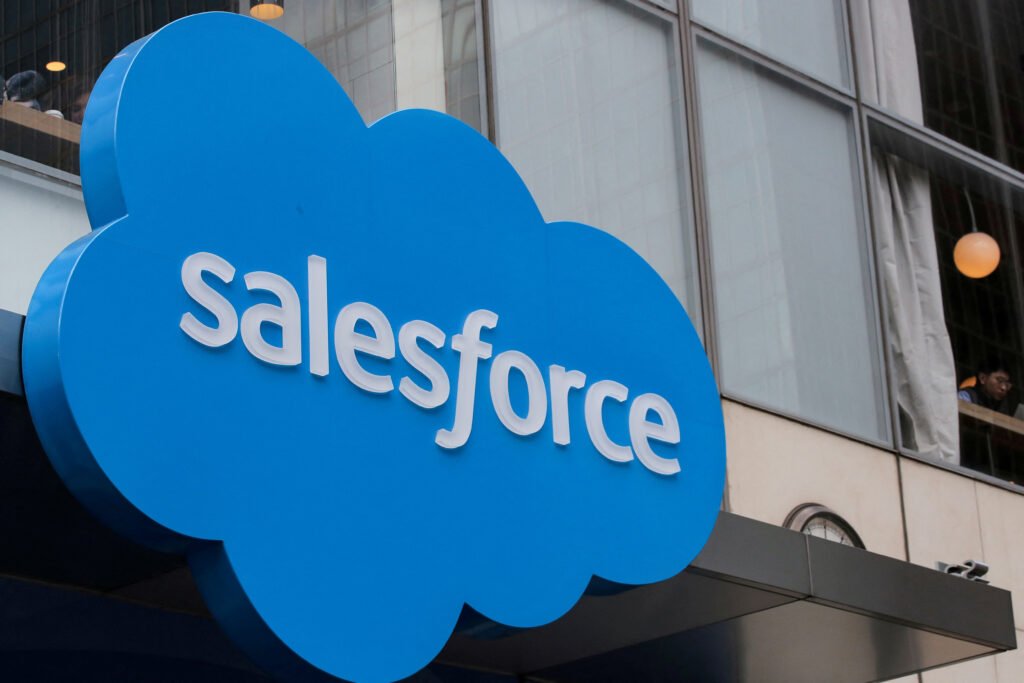OpenAI’s Bold Step Toward AI Autonomy
OpenAI, the company behind some of the world’s most advanced generative AI technologies, is taking a monumental step toward controlling its hardware future. By partnering with Broadcom, a leading semiconductor manufacturer, OpenAI plans to launch its first proprietary AI chip for internal use by 2026. This collaboration aims to drastically reduce OpenAI’s dependence on external suppliers like Nvidia and allow it to optimize hardware specifically for its demanding AI workloads.
This development not only marks a pivotal moment for OpenAI but also signals a broader industry shift toward custom-designed AI chips—a trend already embraced by giants like Google, Amazon, and Meta.
Why OpenAI Needs Its Own Chip
Breaking Free from Nvidia’s Ecosystem
OpenAI currently relies on Nvidia’s powerful GPUs to train and run its large language models (LLMs). While these GPUs provide the computational strength required for AI development, they come with constraints:
- High Costs: Dependence on third-party chips increases operational expenses.
- Supply Chain Risks: Shortages, delays, or price hikes can severely impact project timelines.
- Lack of Customization: Nvidia’s hardware, though powerful, is not tailored to OpenAI’s unique needs.
By developing its own chip, OpenAI can mitigate these risks and tailor its infrastructure for maximum efficiency, lower costs, and faster inference times.
The Broadcom Collaboration
Broadcom’s role in this partnership is pivotal. As one of the world’s largest chipmakers, Broadcom brings decades of experience in designing high-performance silicon solutions for complex computing tasks.
Key Aspects of the Partnership:
- Design and Fabrication: Broadcom will lead the engineering and production of OpenAI’s customized AI chips.
- Mass Production Timeline: The chips are expected to be manufactured at scale by 2026, exclusively for OpenAI’s internal systems.
- $10 Billion in AI Orders: Broadcom’s CEO, Hock Tan, hinted at substantial AI infrastructure contracts, widely believed to be linked to this collaboration.
This partnership could position Broadcom as a critical player in AI hardware development while helping OpenAI build a more resilient and scalable computing infrastructure.
How This Will Transform AI Workflows
Enhanced Performance
With chips specifically engineered for AI workloads, OpenAI can fine-tune the architecture to accelerate model training, enhance inference speeds, and reduce latency—key challenges when deploying complex AI models like ChatGPT and DALL·E.
Lower Operational Costs
Custom chips are optimized to run AI algorithms more efficiently, which could lead to significant energy savings and operational cost reductions in the long term.
Greater Innovation Potential
Owning the hardware allows OpenAI’s researchers to experiment with new architectures, optimization techniques, and models without being constrained by off-the-shelf hardware limitations.
The Global AI Landscape: Why Others Are Following Suit
This move by OpenAI mirrors similar developments by other tech giants:
- Google’s TPU: Built for its own machine learning workloads, enabling faster and more efficient training cycles.
- Amazon’s Trainium: Designed for high-performance AI model training.
- Meta’s AI Chips: Focusing on both research and practical deployment across its platforms.
These initiatives show a growing industry trend—AI leaders are investing heavily in custom chips to support ever-growing computational demands and maintain competitive advantages.
Potential Challenges Ahead
While the partnership holds promise, it comes with risks:
- High Development Costs: Designing a cutting-edge AI chip involves billions in research, testing, and production.
- Time-to-Market Pressure: Delays could hinder AI model development and adoption.
- Integration Complexities: Hardware-software integration for AI workloads requires precise tuning and coordination.
Nevertheless, with Broadcom’s expertise and OpenAI’s ambition, the partnership is well-equipped to overcome these challenges.
What It Means for AI Jobs and Innovation
The introduction of proprietary AI chips may reshape AI careers and research in several ways:
- New Roles in Hardware Optimization: Engineers specializing in hardware-software integration will be in high demand.
- More Efficient AI Systems: Researchers can build larger, more capable models without being bottlenecked by generic hardware limitations.
- Cost-Effective AI Development: Lower operational costs can lead to increased investments in AI-driven solutions across industries.
Conclusion
OpenAI’s partnership with Broadcom to build its own AI chip is a watershed moment in the AI revolution. As demand for large-scale, efficient, and resilient AI infrastructure intensifies, owning hardware will be essential for companies aiming to stay ahead. OpenAI’s move not only positions it as a leader in innovation but also signals a broader shift toward custom AI solutions across the tech world.
For industry watchers, researchers, and developers, this development is worth tracking closely. The future of AI depends not just on smarter algorithms but also on hardware designed to support them—and OpenAI’s strategy could redefine how AI evolves over the next decade.
Also Read: AI vs Human Learning: Can Artificial Intelligence Really Replace Teachers?



